Living in the Danger Zone: MRA Cites Rising Interest in Wildfire Protection Building and Remodeling Practices
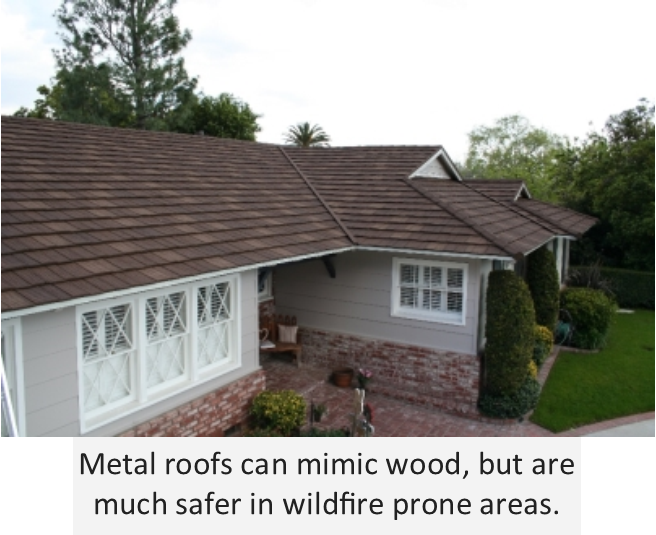
By Metal Roofing Alliance (MRA).
After a disastrous fire season, the MRA is reporting greater interest from homeowners in how to prepare and make their homes “ignition resistant,” especially in western regions.
Even homeowners who never thought they would be impacted by wildfire danger are recognizing that climate change is making blazes not only likely, but inevitable. From California to Colorado, British Columbia to Idaho, terrible fire devastation this summer has been a wake-up call for homeowners who are now in search of ways to make their homes more defensible. That includes increasing interest in non-combustible, less flammable materials, such as metal roofs and siding, concrete and heat-resistant glass.
“Because roofs are most vulnerable to flying embers, we often hear from owners who credit their metal roof for helping their home survive a nearby wildfire,” said Renee Ramey, MRA executive director. “The lesson is, it’s essential to pay close attention to the materials you choose for your home in fire danger areas.”
Working to make a home more defensible against fire threats also is a priority from an insurance consideration. As insurers become much more aware of the risks, rates are rising for homeowners in wildfire prone areas. Taking steps to help reduce that risk is crucial to secure coverage and studies show money spent on fire prevention can return far more value than it costs.
Unfortunately, research from the MRA indicates that hot spot regions such as the Pacific Northwest have been historically slower to adopt fire-resistant materials such as metal roofs. For years, wood has dominated the region, used for everything from shake roofs and siding, to decks and fencing. Compounding the problem is the fact that some local homeowners’ associations (HOAs) are unwittingly preventing the use of fire-resistant materials by enforcing outdated style restrictions.
“The look of wood is particularly popular in the west, but it’s simply not the best choice for areas vulnerable to fire,” said Ramey. “There are plenty of materials like metal roofs that can closely mimic the style of wood but do a much better job when it comes resisting fire.”
For homeowners looking to rebuild or make their home more wildfire resistant in preparation for the next fire season, experts offer these tips and resources:
1) Use non-combustible, heat resistant materials, especially on the roof.
Steel-intensive buildings are less likely to sustain or promote devastating fire-related damage. Metal roofs have a Class A fire rating, considered the best for fire resistance. Even so, always keep gutters clean and free from debris, and cut vegetation overgrowth away from roofs. For siding, consider metal, fiber cement, brick or stone. For windows, materials such as tempered glass are designed to withstand temperatures up to 450 degrees.
2) Mind the gaps.
Be mindful of where vents are located and how roof overhangs are designed to prevent embers from being able to penetrate or become trapped. Any open vent should be covered with a fine mesh screen, preventing large embers from entering. Seal your home to prevent gaps and you’ll also reap energy efficiency savings throughout the year as a bonus.
3) Create safety barriers and fire-resistant landscape practices.
Cement or stone patios are a good choice, in addition to creating fire break areas. Consider fire resistant plant and trees that may be less flammable and suitable for your areas. Install and maintain a sprinkler system. For other prevention tips, download the Pacific Northwest wildfire guide or see these tips from Cal Fire.
4) Have your safety plan in place.
Take steps to make sure your family is prepared in the event of an emergency. Document your valuables, prepare a disaster readiness kit, have an emergency plan in place and know your escape route in the event of an emergency. Indoors, make sure your smoke alarms are in good working order and fire extinguishers are readily available.
For more information about the benefits of metal roofs or to find a local metal roofing contractor, visit www.metalroofing.com
About Metal Roofing Alliance (MRA) Representing metal roofing manufacturers in the United States and Canada, the Metal Roofing Alliance (MRA) was formed to help educate consumers about the many benefits of metal roofs. The main objective of MRA is to increase awareness of the beauty, durability and money-saving advantages of quality metal roofs among homeowners, as well as to provide support for metal roofing businesses and contractors. For more information, visit MRA.













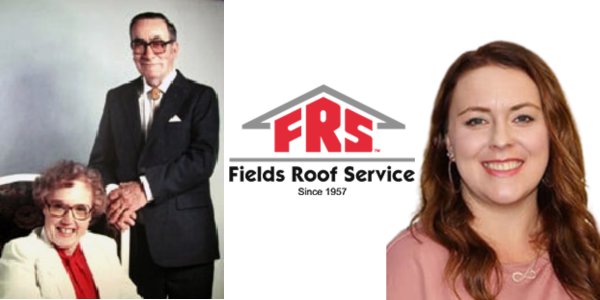
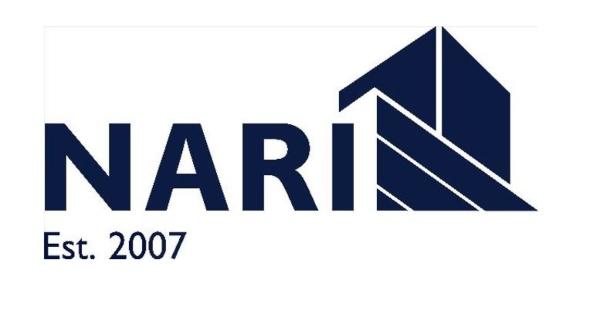
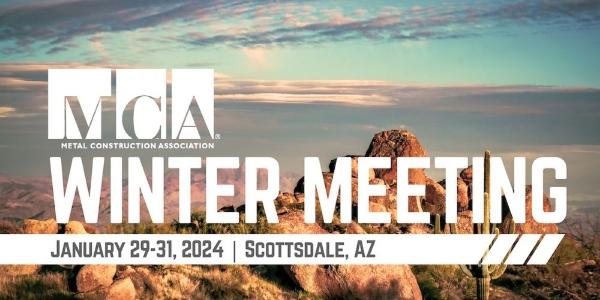


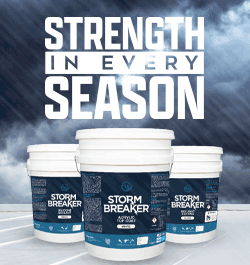




Comments
Leave a Reply
Have an account? Login to leave a comment!
Sign In